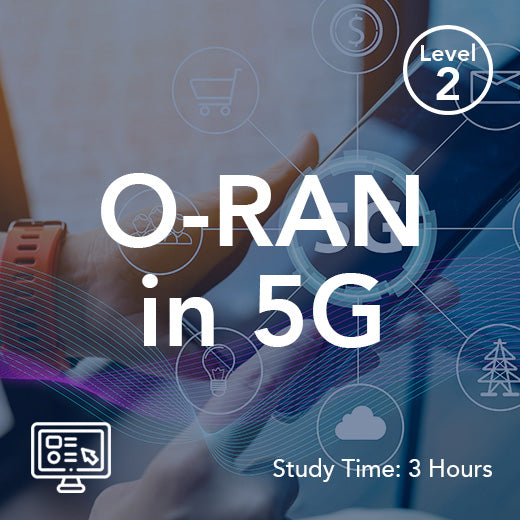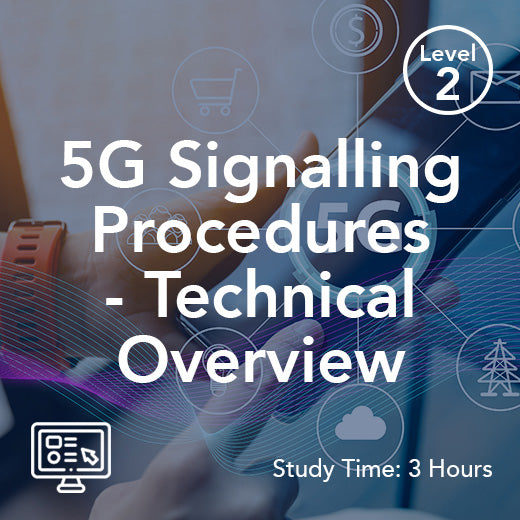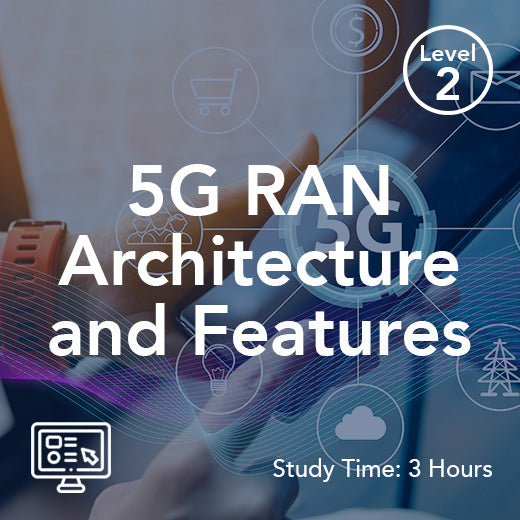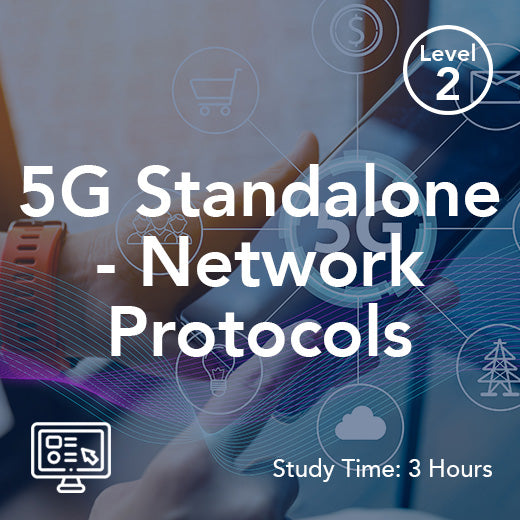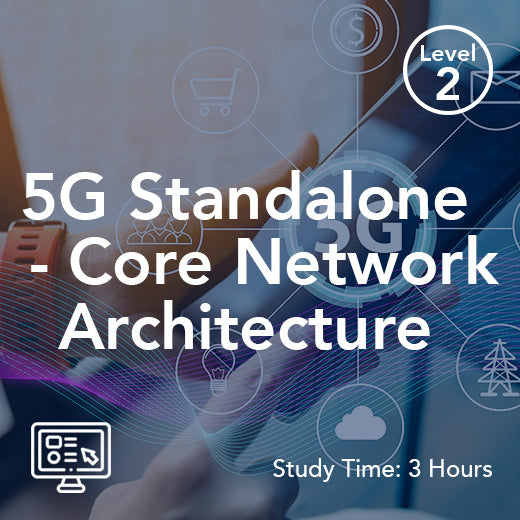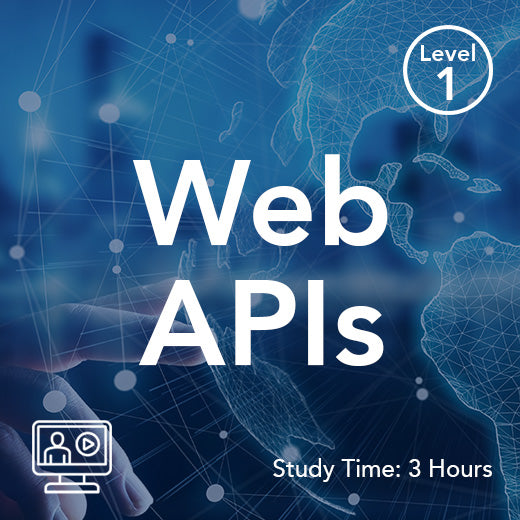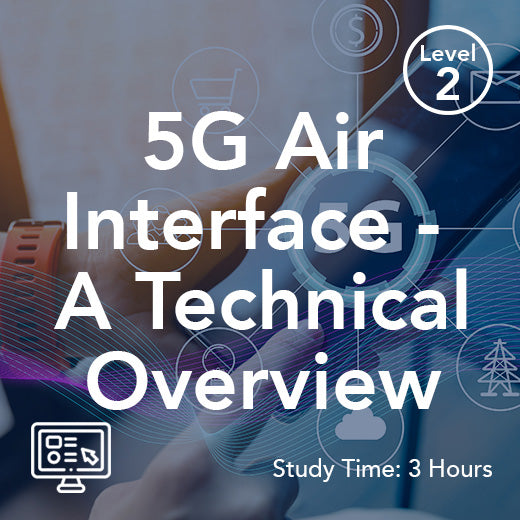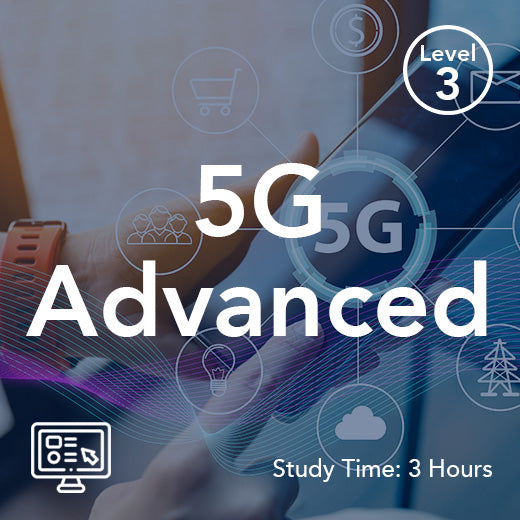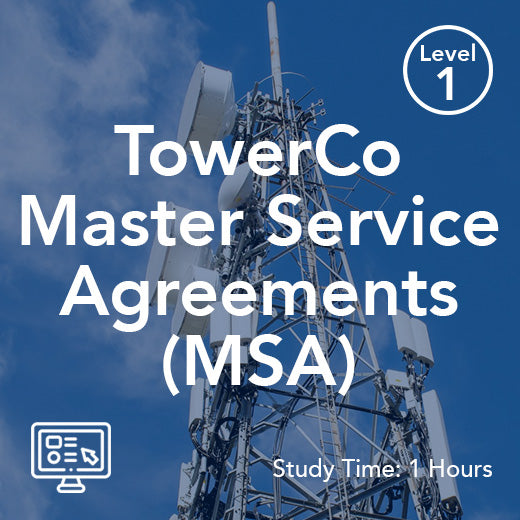what is wireless local loop
- , by Paul Waite
- 2 min reading time
Wireless Local Loop (WLL) refers to the use of wireless technology to provide the "last mile" connectivity between the local exchange and the end user's premises. This technology eliminates the need for physical copper wires, offering a cost-effective and efficient solution for providing voice and data services to customers. WLL systems in the UK often use technologies such as fixed wireless access (FWA) or wireless broadband to deliver high-speed internet and telephone services to residential and business customers. By leveraging WLL technology, telecom operators in the UK can expand their service coverage, especially in rural and remote areas where traditional wired infrastructure may be challenging or costly to deploy. Overall, WLL plays a crucial role in bridging the digital divide and improving connectivity for customers across the UK.
Wireless Local Loop (WLL), often referred to as WLL wireless local loop, answers the question “what is wireless local loop?” by providing a wireless communications link that replaces the traditional wired infrastructure of the public switched telephone network (PSTN). Instead of needing to lay cable for every home or business, operators can deploy fixed wireless networks using radio signals and point-to-point microwave links to connect subscriber units directly to the central exchange. This approach offers immediate access and significantly reduces deployment costs, making it an attractive option for internet service providers (ISPs) and local and regional ISPs entering underserved markets.
In practice, WLL systems are often combined with fixed wireless access (FWA) and broadband wireless access technologies to deliver both voice and internet access. For example, fixed radio access has long been used to connect customers in rural and remote areas, where digging trenches for cables is costly or impractical. Today, WLL technology supports not only voice calls but also wireless video, short range mobile internet, and other services that enhance telecommunications customers’ connectivity options. By offering these solutions, ISPs can compete with large telecommunication monopolies, especially in areas where satellite networks or metro wireless services are less effective.
The wireless local loop market is considered an extremely high growth market, as more customer markets demand resilient internet in the face of climate challenges and increasing bandwidth needs. Initiatives such as the first voluntary spectrum coordination agreements and the use of innovative spectrum licenses are helping operators manage frequencies more efficiently. WLL technology, when combined with modern mobile technologies, contributes to internet resilience and climate-resilient internet infrastructure, ensuring reliable network access service even in the most difficult environments. As earlier implementations focused largely on voice, modern technologies exist to deliver multi-service, high-speed connectivity that bridges the gap for communities lacking robust wired infrastructure.


